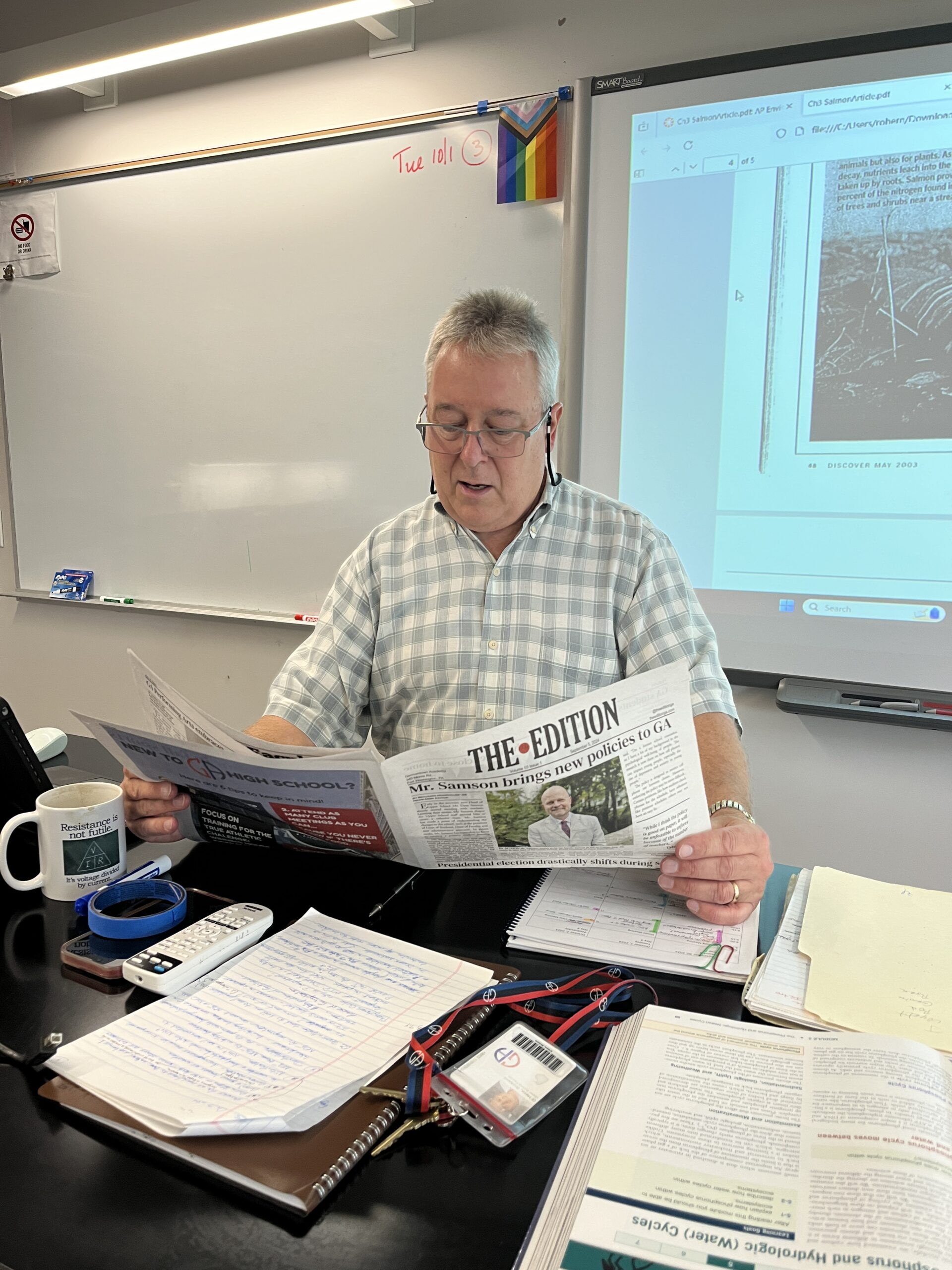Every student who has basked in post-COVID slackness has been, at some point, caught off guard by a tightening of rules. Several significant policies, newly introduced this year, have had a similar impact. Most students have attempted to adapt by now, opening up dust-coated lockers to store course readers and vigilantly depositing their phones.
Others remain confused and frustrated. As these policies become integral to student life, examining the interplay between student perspectives, policy and change within the school becomes essential.
Recently, several critical letters addressed to the administration regarding new policies have gained sizable attention. Despite being surrounded by speculation–were they AI-scribed quips, or serious pleas?–they were, at face value, students trying to express their concerns about an important matter.
They also made clear the role student input has–or lacks–in shaping policy changes. Many students don’t know where to turn when they feel a policy doesn’t serve them and our community.
Change has always been a part of the Upper School experience. In the past, save for the mandatory pandemic lockdown, these changes were often minor inconveniences at most (take the unpopular sweatpants ban, for example). Now, a handful of policies covering not only student life but academics have altered students’ experiences at school significantly.
The general student body was unaware of these policies before their implementation. Many learned about the cell phone restrictions via a return to school email, while other changes were announced mid-class during the first few weeks. This abruptness leaves students with little room to even form opinions before being swept up by a wave of disciplinary threats.
Why do these policies exist? Truthfully, even a quick Google search could return several statistical examples of the benefits of reducing digital reliance in the classroom. Likewise, all policies have been given, to some extent, some form of reasoning. Students are generally cognizant of the other side of the story–once it’s been written, courtesy of these efforts.
However, as recipients of very tangible grades and detentions, it’s difficult to reconcile a quick justification of the rule. To better take part in a result, students should receive more transparency in how these policies are formed, and a seat at the writers’ table for large changes.
It stands to reason that administrators and faculty drive decision-making with their expertise and experiences. Yet, although students might be seen as not experienced enough to understand the implications of their decisions, they are the ones living the student experience firsthand.
Administrators don’t need to do a 180 in response to the demands of the students. Recognizing how it feels as the receiving end of these policies and even just being open to reviewing or making some adjustments would go a long way.
Students should have a space to express concerns and feel that their voice is respected. Currently, SGA stands as the established avenue for student input through which students’ suggestions can reach the administration. However, relying on a small group of representatives creates a barrier for students who want to directly communicate personal perspectives and engage in meaningful dialogue.
Effective policy change does not happen through impersonal suggestions that face one of three fates: accepted, vetoed or sidelined. The anonymity of the infamous grievances falls short for this reason: they were intended as a one-way communication that, without clear identities behind it, barred possible dialogue between the author and recipient. As a result, the incipient input did not flourish into a constructive conversation, but rather, more confrontational conflict from a lack of understanding.
Similarly, genuine conversations cannot happen without an environment where students feel empowered to openly share their thoughts and experiences. More additional transparent channels of communication, such as casual forums or surveys with iterative follow-up responses would further help foster student voice in a more personal way.
When students voice their opinions, they are not seeking full control, nor do they seek to be antagonists portraying the institution in an excessively negative light. Instead, they want more involvement in shaping their education; this initiative deserves to be acknowledged and responded to with empathy and respect.
An anonymous letter is not Armageddon, nor this article a call for drastic policy change. It’s about valuing and validating student voices to foster a school culture built on mutual respect and understanding. Inspiring students to be independent in thought and confident in expression is at the head of GA’s mission statement. To prepare students to think differently and use their voices to better the world in the future, these skills should be put into practice within our community now.

